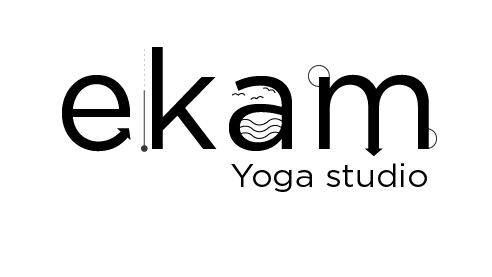Pregnancy & Mumma baby yoga
Pregnancy: Whether you’re an experienced yogi or you’ve never set foot on a mat, ekams pregnancy yoga is the perfect preparation for labour. The sessions are a soothing flowing sequence of moving yoga and are a great way of meeting other local mums.
Practicing pregnancy yoga-based movements is a simple and easy process, which gives a number of different benefits to both mind and body. This pregnancy yoga & active birth course is tailored to help prevent and ease pregnancy symptoms, bring awareness to your changing posture and create space for your growing baby.
Weekly classes help bring physical balance to encourage optimum position for your baby’s birth and promote an awareness of how to release within your body during labour. Rosie’s yoga teaching method draws on elements of traditional pregnancy yoga, adding active birth and traditional antenatal education along with birth yoga nidra, class meeting all your pregnancy and birth preparation needs.
Women, really need these kinds of classes, courses, information, education and community.
As women, as pregnant ladies, as mothers, we need time out for ourselves. We need head space. We need to process the fact we are 'pregnant' or where ever we are at with 'life's challenges and stresses' and all that brings. We need to relax. We need to connect with others. We need to feel part of a community.
Postnatal & mumma baby yoga:
Pregnancy can be tough on a woman’s body. Carrying and nurturing the foetus for nine-months takes a physical and emotional toll. And after the birth, it can be very easy for new mother’s to be so absorbed in feeding and looking after their new-born baby, that they often forget to look after themselves and let their bodies recover. Practising postnatal yoga supports and facilitates the healing and recovery of the body and mind, by using gentle movement, balancing asanas, breathing and relaxation.
Here, ekam shares five of the benefits of prenatal yoga for new mothers and their babies.
Builds up spinal strength and flexibility: During the 9 months of pregnancy, the spine goes through a lot of stress and strain to accommodate the new growth inside the uterus. Postnatal yoga can help to realign the spine and strengthen the joints and the muscles around the spine, making way for a healthier, stronger spine all round.
Rebuild flexibility, strength and muscle tone: Caring for a new baby can be very strenuous on the physical body, with new mothers spending a lot of time carrying and feeding the baby and lifting heavy object like car seat and new baby furniture. Postnatal yoga can help support your body by building core strength and muscle tone. Stronger core muscles will also help reduce any back pains that may have developed through pregnancy or postpartum baby care. During birth the deep abdominal muscles can separate. Toning through postnatal yoga can help to knit these muscles back together and close the body after birth.
Eases stress and restores hormonal balance: Pregnancy and birth is a time of intense hormonal changes in the mother’s body. Postnatal yoga can help this issue, by encouraging relaxation and the restoration of hormonal balance in the body, easing pressure on the nervous system and creating a safe space where new mothers can focus on relaxing and letting go of stress. Postnatal yoga has also been known to help reduce anxiety and postnatal depression.
4. Encourages deep Mother-Baby bonding and connection: Having a new baby in your life is life-changing and can be difficult to adapt to. As postnatal yoga is designed for new mothers to practise with their babies, it can help foster a deep connection between mother and baby and cultivates patience for the intensive amount of energy needed to look after a new born.
5. Eases pain and stiffness in the pelvis, back, neck and shoulders: Any new mother knows how carrying and breastfeeding your new baby makes the shoulders ache with stiffness. The gentle movements practised in Postnatal yoga classes will help reduce these pains, making breastfeeding easier and helping the body to recover after pregnancy and birth.









